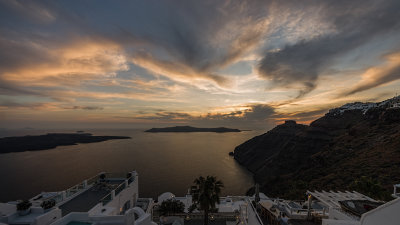hello. I am newer to DSLR photography. Bought a Nikon d5500 in July. Primarily just for fun, family, kids, pets, and life pictures.
My father in law is liquidating his "mint" lens collection and has offered this AF-S Micro Nikkor 105mm 1:2.8 lens with VR at a 30% family discount. He bought it for about $800 and believes he could probably sell it for that on open market. So in other words, I could get it for about $500.
I have experimented with it -- got some good honeybee photos. It does seem to hunt a lot but maybe that's due more to my own limited experience with it. My other concern is that it's quite heavy -- but perhaps that normal for a lens of this type or quality?
I do love getting flowers, insects and birds and hope to do more of that type of stuff (in addition to kids & pets). I had always envisioned having a macro type lens (or micro, sorry I'm new!) but I'm just not sure this is the one I should get.
I have a great 50mm 1:1.8 prime lens, and a decent 18-140mm kit lens. Does this deal for a micro (or is it macro?) lens seem like one you'd pursue? Thanks for the advice!
My father in law is liquidating his "mint" lens collection and has offered this AF-S Micro Nikkor 105mm 1:2.8 lens with VR at a 30% family discount. He bought it for about $800 and believes he could probably sell it for that on open market. So in other words, I could get it for about $500.
I have experimented with it -- got some good honeybee photos. It does seem to hunt a lot but maybe that's due more to my own limited experience with it. My other concern is that it's quite heavy -- but perhaps that normal for a lens of this type or quality?
I do love getting flowers, insects and birds and hope to do more of that type of stuff (in addition to kids & pets). I had always envisioned having a macro type lens (or micro, sorry I'm new!) but I'm just not sure this is the one I should get.
I have a great 50mm 1:1.8 prime lens, and a decent 18-140mm kit lens. Does this deal for a micro (or is it macro?) lens seem like one you'd pursue? Thanks for the advice!


